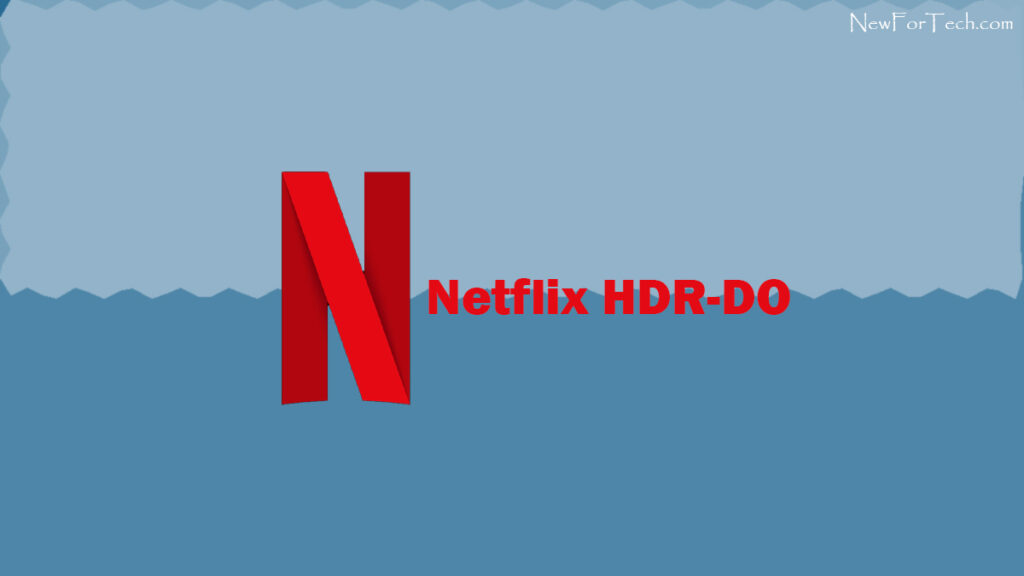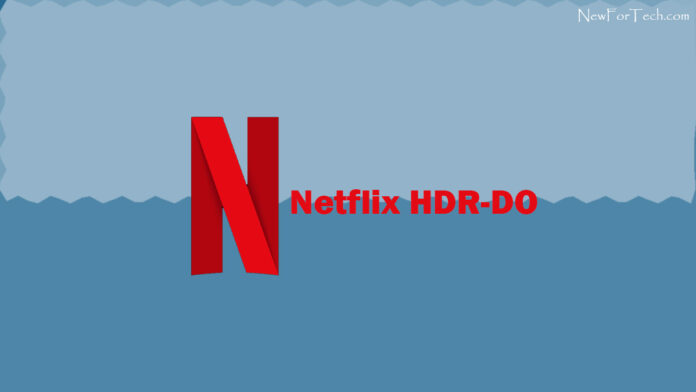Recent improvements to Netflix’s 4K HDR video quality, particularly noticeable for Premium tier subscribers, stem from a streaming library upgrade detailed in a Netflix Technology Blog post. Utilizing dynamic optimization, a video encoding method, the company enhanced the viewing experience.
For Premium subscribers facing a recent price hike—from $19.99 to $22.99 per month in the US and £15.99 to £17.99 in the UK—this news is timely. Despite the increased cost, Netflix’s reputation as a top-tier streaming service endures. The HDR upgrade for 4K TVs adds value, potentially alleviating concerns about the impact of higher subscription fees on users’ budgets.

Evolution of Netflix Streaming Quality
Netflix’s recent technical blog post delves into the transition from fixed to dynamic streaming upgrades. Integral to this enhancement is the introduction of HDR-VMAF, a collaborative venture between Netflix and Dolby Laboratories.
Incorporating a variety of objective and subjective video quality metrics, HDR-VMAF assesses motion, visual fidelity, and detail loss. The collaborative effort involved subjective tests with high-end OLED panels, ensuring calibrated conditions in participants’ homes.
What sets HDR-VMAF apart is its format-agnostic nature, measuring quality uniformly for Dolby Vision and HDR10 programs. Scores are calculated based on an “ideal display” capable of representing the complete luminance range and color gamut spanned by the video signal.
A pivotal outcome of HDR-VMAF is the transition from fixed bitrate encoding to dynamically optimized (HDR-DO) encodes for 4K HDR streaming. Netflix emphasizes HDR-DO’s superiority, delivering higher quality while occupying only 58% of the storage space.
Netflix summarizes the advantages brought about by HDR-VMAF and HDR-DO:
- 40% fewer rebuffers
- Enhanced video quality for bandwidth-constrained and unconstrained sessions
- Lower initial bitrate
- Higher initial quality
- Reduced play delay
- Consistency in delivered video quality
- Decreased Internet data usage, particularly on mobiles and tablets

Netflix’s HDR Upgrade: Enhanced Visuals at a Premium
Netflix embarked on a comprehensive HDR-DO upgrade for its entire 4K HDR library, a process finalized in June 2023. Premium subscribers now enjoy optimized streaming for any Dolby Vision or HDR10 content.
The upgrade not only elevates 4K TV viewing but extends its impact to tablets and phones, where HDR and Dolby Vision are increasingly supported. Testing on an iPhone during a flight revealed impressive detail and vibrancy in David Fincher’s movie, “The Killer.
While the allure of stunning phone and tablet visuals may not justify the Premium tier for everyone, the 4K and Dolby Vision experience on a large screen is truly superb. Netflix’s ability to dynamically adapt streaming quality across various screen sizes and bandwidth conditions is noteworthy in a competitive streaming landscape.
In a market where subscription cancellations are prevalent, Netflix’s HDR-DO stands out as a valuable advantage, ensuring optimal performance across diverse devices.

